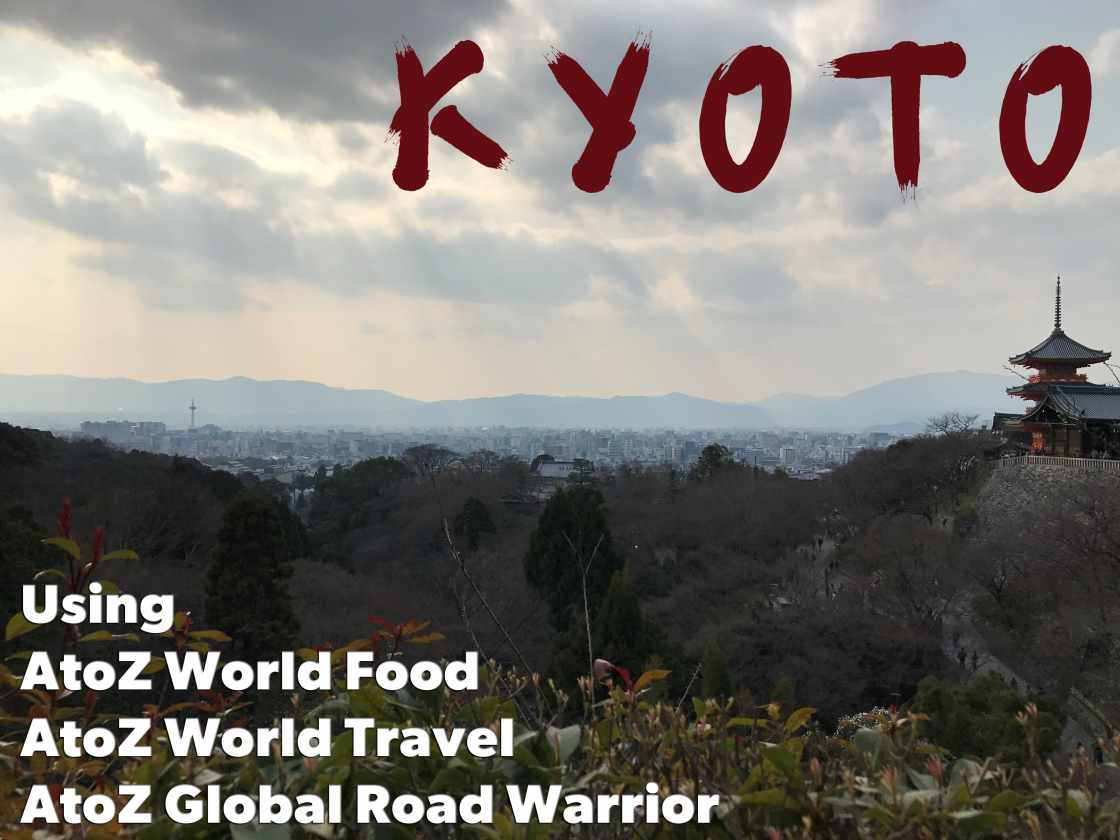
Planning a trip or finding an authentic recipe can be difficult, but it doesn’t have to be! Let “AtoZ” be your source for travel guides, cultural information, and recipes. AtoZ Global Road Warrior can give you detailed cultural information about every country on Earth. Learn about language, history, education, and culture as a whole. Looking for information on a particular city? Check out AtoZ World Travel. Find city guides, activities, language guides, security information, and more. Experience an epicurean adventure at home with AtoZ World Food. Search by country for authentic recipes and also find detailed information on etiquette and customs.
You can find AtoZ Global Road Warrior, AtoZ World Travel, and AtoZ World Food on the “Resources” tab on the library’s website at www.edwardsvillelibrary.org. Please ask library staff if you’d like any more tips for using these wonderful databases. We’re happy to assist you!
With its voluminous number of temples, sacred springs, mystical rock gardens, and Imperial Palace, Kyoto is an oasis of heritage in a high-tech society, regarded as the "most Japanese city in Japan." It is well-preserved and eco-friendly, replete with gardens and bamboo forests, and large parts of it are set aside for pedestrians.
After traveling for many years, it was easy to pick it as my favorite city! Few places around the world call home to you, but this is one of the few that has for me. The contrast of ancient and modern on its own is enough to draw one in. Add in the city’s rich culture, beautiful architecture, and amazing food to get an unbeatable combination.
Here are some interesting places to visit while there (Provided by AtoZ World Travel):
Historic Sites
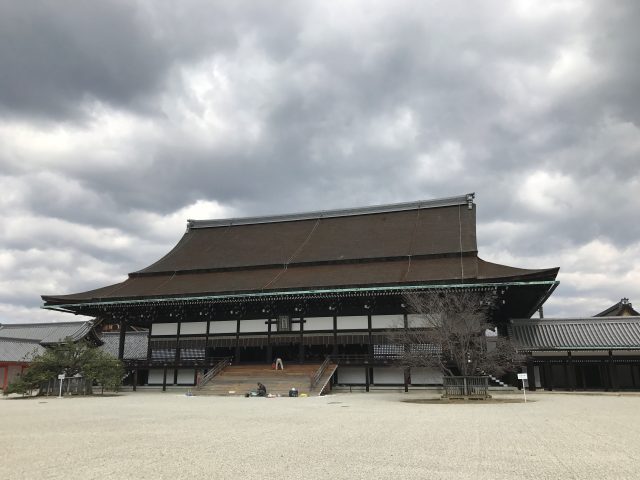
Kyoto Imperial Palace
The Imperial Palace is the resplendent centerpiece of Kyoto culture, history, and politics. Originally built at the time of Kyoto's founding in 794, it has endured several fires and desecrations, and the present structure dates to 1855.
Museums and Galleries
Kaleidoscope Museum of Kyoto
It may be a quirky premise for a museum, but it works. Over 50 different types of kaleidoscopes are on display here, ranging from those representing the Kyoto Tower to those reflecting Japan's botanical heritage.
Kyoto International Manga Museum
The comic book art form of manga is indigenous to Japan, and has become a major export in recent years. Where better to learn about it than in this recently established museum containing nearly 300,000 examples of the medium?
Religious Sites
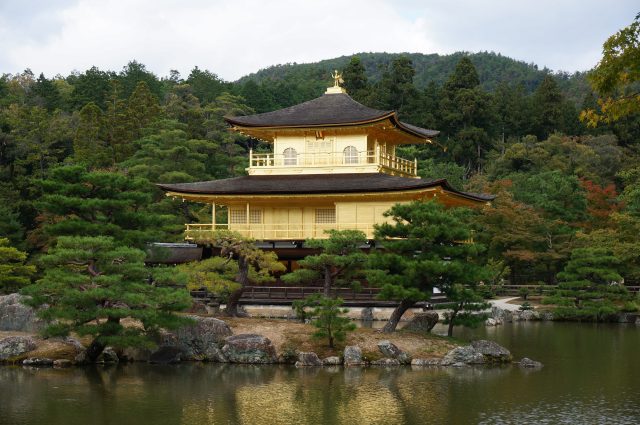
Golden Pavilion Temple
After Mount Fuji, the temple (also called Kinkaku-ji) is Japan's most popular tourist draw. With its glittering gold-topped hallway, maple-fringed Kyo-kō pond and bronze phoenix overlooking proceedings, it's not hard to see why.
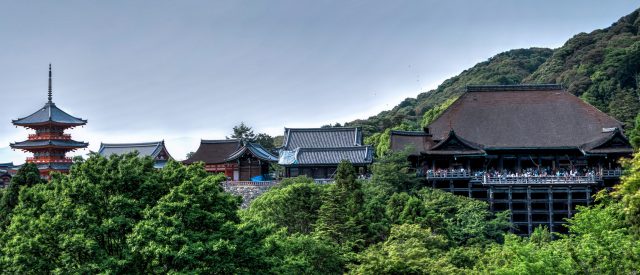
Kiyomizu-Dera
An exceedingly popular complex built in the late-eighth century but restored in the 17th, Kiyomizu-Dera's mountain-edge veranda affords great vistas of the city. Below its impressive 15-meter (49-ft) high pillars is Otowa-no-taki Spring, whose water is supposed to improve bodily health and academic skill.
Gardens and other Outdoor Activities
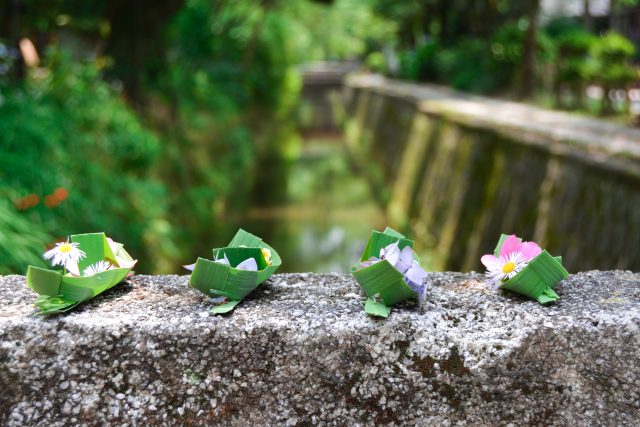
Philosopher's Path
Many famous Kyotoite intellectuals (chief among them the 20th-century philosopher Nishida Katarō) have wandered this path, meditating and ruminating their way up and down it. Refreshingly far from roads and traffic, it's bordered by a picturesque canal, cherry trees, and various other colorful flora.

Sentō Imperial Palace
Just a few minutes' walk from the Imperial Palace, the beautifully sculpted gardens and the intricate tea houses of Seika-tei and Yushin-tei are the only remaining features of this palace, built in 1630 by Emperor Go-Mizunō. Sadly, the rest of it was burnt down in 1854 after two centuries of housing retired members of the Royal Family.
Interesting Facts about Japan (provided by AtoZ Global Road Warrior):
Golden Week: One of the three busiest holiday seasons in Japan, Golden Week is a week packed with four national holidays. These holidays are Showa Day, Constitution Day, Greenery Day, and Children’s Day. Every year, this holiday week starts on April 29 and lasts until May 5. Depending on which days the holidays fall on, some businesses may close for a week or up to 10 days.
Wedding Anniversaries: The Japanese celebrate their wedding anniversaries on the day their marriage was officially registered, and not on the day the wedding ceremony took place.
High School: High school in Japan is neither compulsory nor free, but 94 percent of junior high school graduates choose to pursue further studies nonetheless, either on a vocational or university entrance track.
My Favorite Recipes (Provided by AtoZ World Food):
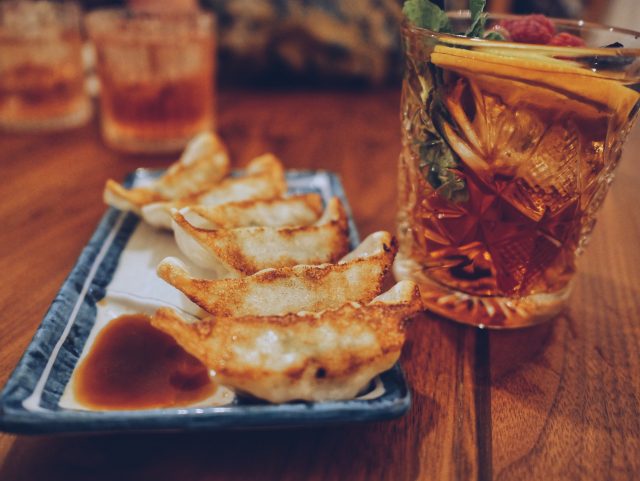
Yaki Gyoza (Dumplings)
Yes, these can be eaten as an entire meal! These dumplings can have a variety of fillings and can be steamed or fried. The most popular style is yaki gyoza, in which the dumpling is fried on one side to create a crispy skin before water is added to steam the upper part of the gyoza in a covered pan.
Find Recipe Here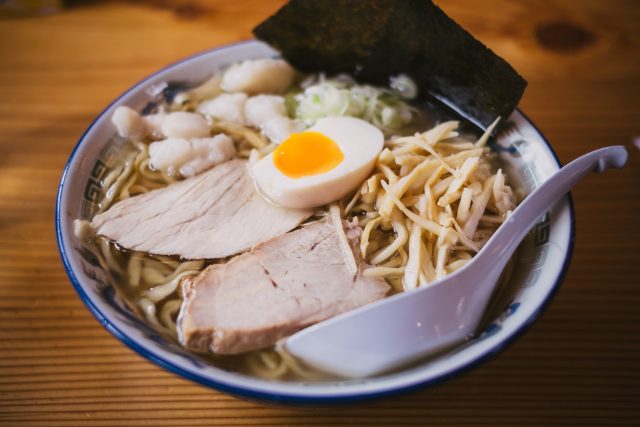
Ramen
Authentic Japanese ramen noodles were adopted from China. Legend has it that Vice-Shogun Mito (1628–1700) learned to appreciate ramen when he trained with a Chinese scholar. Back then, samurais were schooled in Confucianism to sharpen their discipline. Authentic ramen is very different from today’s processed instant ramen. Ramen is typically served in a rich broth that enhances the noodles, along with toppings such as hard-boiled egg, cooked vegetables, and ham or barbecued pork.
Find Recipe Here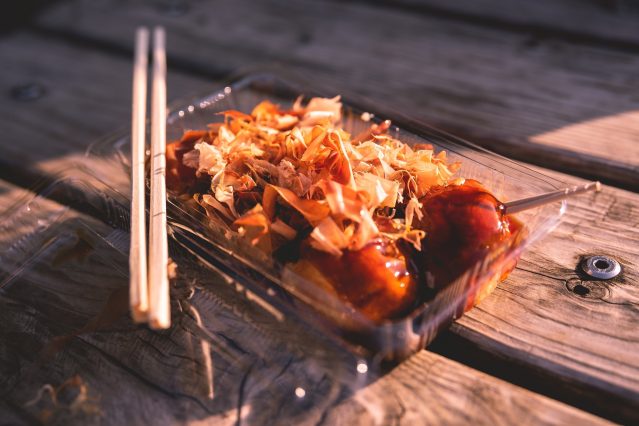
Takoyaki
Takoyaki (octopus balls) is a savory Japanese snack and street food that‘s highly popular with attendees at Japan’s numerous sacred and community festivals (matsuri). Takoyaki is cooked in special cast-iron pans on the stovetop. These pans have 11 round compartments similar to a muffin pan, and come with a pick to turn the balls during cooking.
Find Recipe Here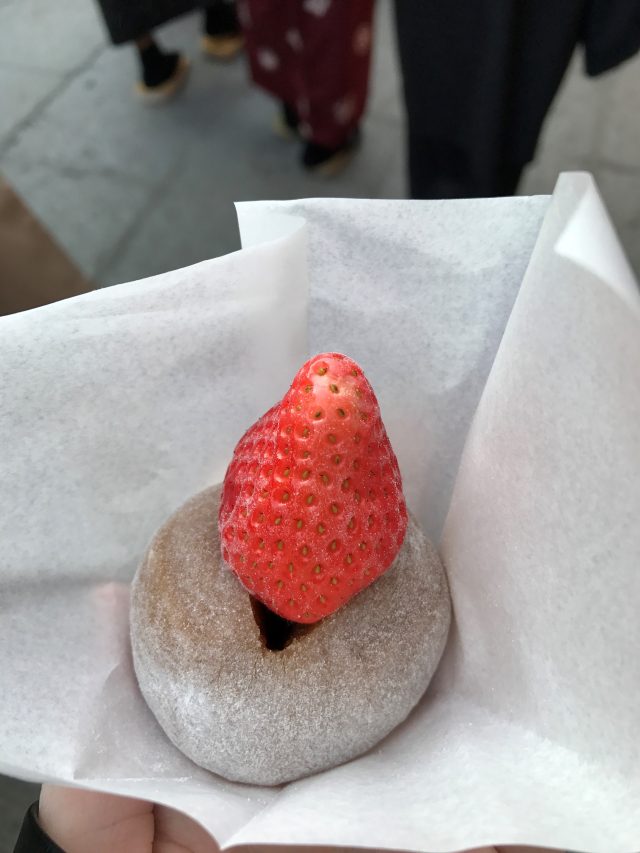
Daifuku
One of my favorite treats! These are especially good when filled with ice cream. Daifuku are Japanese treats made of mochi (sweet or glutinous rice cakes) with a sweet filling. The filling is usually a paste made from soybeans or azuki beans, but daifuku may also be filled with ice cream, a whole strawberry, matcha (Japanese green tea) cream, or a sweet ume (a sour fruit) paste. Serve daifuki warm or cold with green tea.
Find Recipe Here
About the Author
Devin loves traveling, her cat Pippin, and everything Tolkien.
